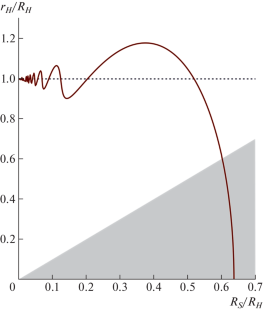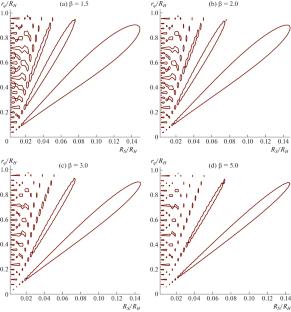膨胀宇宙中的量子黑洞
IF 0.5
4区 物理与天体物理
Q4 MECHANICS
引用次数: 0
摘要
摘要 在膨胀的宇宙中,我们考虑了具有修正的施瓦兹柴尔德几何和赖斯纳-诺德斯特伦几何的量子黑洞的演化。在宇宙学时间的特定时刻,所有量子黑洞都会失去事件视界,并转化为质量为 M 的引力物体。本文章由计算机程序翻译,如有差异,请以英文原文为准。


Quantum Black Holes in the Expanding Universe
In the expanding Universe, the evolution of quantum black holes with modified Schwarzschild and Reissner–Nordström geometries is considered. All quantum black holes at definite moments of the cosmological time lose event horizons and are transformed to gravitating objects with masses M.
求助全文
通过发布文献求助,成功后即可免费获取论文全文。
去求助
来源期刊

Doklady Physics
物理-力学
CiteScore
1.40
自引率
12.50%
发文量
12
审稿时长
4-8 weeks
期刊介绍:
Doklady Physics is a journal that publishes new research in physics of great significance. Initially the journal was a forum of the Russian Academy of Science and published only best contributions from Russia in the form of short articles. Now the journal welcomes submissions from any country in the English or Russian language. Every manuscript must be recommended by Russian or foreign members of the Russian Academy of Sciences.
 求助内容:
求助内容: 应助结果提醒方式:
应助结果提醒方式:


